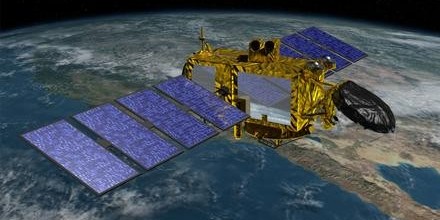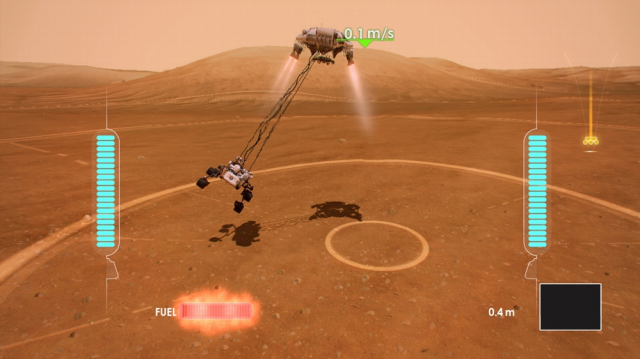Not content with dominating the world of smartphones and tablets, makers of low-power ARM chips are setting their sights on the server market. While x86 servers are still the norm, there have been hints for some time that ARM might become a presence in the data center. Another small, early step toward an ARM future was taken this week as the makers of an infrastructure-as-a-service testbed added ARM servers as a free option for developers.
The free cloud service is called TryStack. It works a lot like Amazon’s Elastic Compute Cloud, except that it runs on the open source OpenStack software, and is intended as a sandbox, not to run production code. Although OpenStack supports ARM, TryStack was initially set up to run just x86 servers, and is powered by 156 cores, 1,040GB memory, and 59.1TB of disk storage. What’s being added now is free access to HP’s Calxeda-based Redstone servers running Ubuntu Linux, ARM chipmaking startup Calxeda announced today.
In addition to HP and Calxeda, the hardware, software, and hosting is being provided by OpenStack, Canonical, Core NAP, and Rackspace. The servers use Linux containers, or LXC, a form of virtualization that improves server efficiency but allows only one operating system instance per processor core (akin to Solaris containers and FreeBSD “jails”). The shared, virtualized nature of the resources makes TryStack unsuitable for benchmarking and power measurements, but dedicated hardware access is planned for the end of this year.
from Ars Technica




